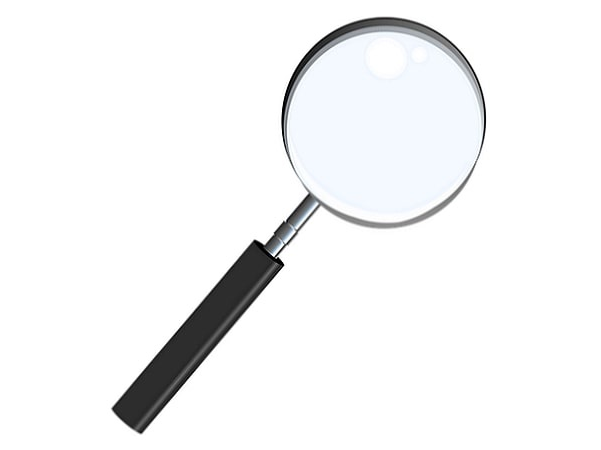Introduction: In this article – the third in a new series presenting genealogy tips – Gena Philibert-Ortega shows how searching on GenealogyBank and FamilySearch together can give you more complete results. Gena is a genealogist and author of the book “From the Family Kitchen.”
Do you use FamilySearch with GenealogyBank? If you don’t, you might want to start. You know that GenealogyBank is the place for newspapers and FamilySearch is the place for records, but together they can help you find information you might not otherwise discover. Let me give you an example from my own family history research.
My Search
Recently I was researching the names on a signature quilt I own. I chose a quilt block and started researching the name found on that block. One of my goals was to try to find the commonality these women shared that led to this quilt being created. To accomplish this goal, I was interested in learning more about each woman and identifying whether they belonged to a specific group.

I took some photos of the quilt and then transcribed the names.

From there I chose one of the blocks that was from a town, Palo Cedro, California, that I thought was unique enough and not too big, enabling me to find information.
GenealogyBank
From there I did a search in GenealogyBank’s Historical Newspaper Archives for Nancy Winegar from California. One of the items I found was a small obituary notice printed on 15 February 1999.
This small mention had very little information and definitely didn’t have the personal detail I was hoping to find. At this point, since I had looked through all of the results, I figured I was done with my GenealogyBank search for now – but wanted to learn more in other records, so I went to FamilySearch and did a search.
FamilySearch
FamilySearch collaborates with GenealogyBank in a number of ways. For example, you can attach GenealogyBank newspaper articles to your FamilySearch tree. FamilySearch also has a database of GenealogyBank obituaries.
Now you might be saying “So what? You’ve looked at GenelaogyBank already.” Well, I did – but I missed something.
In my FamilySearch results list there were two, not one, hits from GenealogyBank’s obituary database for the Nancy Winegar I was looking for: one for February 15 (shown above) and the other for February 18. In order to see the second one, I needed to go back to GenealogyBank and look at the actual obituary since FamilySearch only shows a transcription.
When I originally searched GenealogyBank I only found that earlier obit. The second one, from the 18th, was not in my results. So, I went back to GenealogyBank and found the newspaper. There are two ways I could try to locate this obituary. Because I didn’t find it originally with my name search, I could try to find it by either going to the Newspaper search, search by the title (I had that from the FamilySearch index), and then search for that specific day – or, I could alter my original search (instead of searching for Nancy Winegar, I chose to search just by the surname) and narrow the search by the day or the year.
That’s when I found the obituary from February 18th.
This second obituary was incredibly important to my quilt research because it lists the groups that she belonged to, including the Grange – which I suspect is the common group that these quilters belonged to. That information was not listed on the FamilySearch index – I needed to see the actual obituary to find it.
So, you may be asking: “Why didn’t your first search on GenealogyBank find it?” Remember, when I first searched GenealogyBank I looked for Nancy Winegar. Now, take a close look at this second obit and consider that the Optical Character Recognition (OCR) may have had trouble recognizing what I was searching for. In this second obituary, Nancy Winegar appears twice, and both times it is problematic – once in the title, and then again in the first sentence.
In the title, the “ar” in Winegar are very close together and there is an ink smear above the letters. That’s probably why the OCR did not pick it up. In the first sentence, Winegar is broken up with a hyphen, something that would have been difficult for the OCR.
Note that Winegar appears a third time in this February 18th obituary, at the beginning of the second paragraph. Here she appears as Winegar without the Nancy. Since I only searched on Winegar for my second GenealogyBank search, I was able to find this obituary.
This is a good example of why multiple searches can be beneficial.
Genealogy Tip: Remember that it is important to try name variations as you search.
If I hadn’t taken a look at FamilySearch I would have stopped at that first obituary notice and assumed that was it. I would have missed out on the second obituary, which provided what might be the clue to my quilt’s origin.
FamilySearch and GenealogyBank
Research requires searching in various resources and gathering a number of sources. FamilySearch’s partnership with GenealogyBank allows you to add to the newspapers you find to tell your ancestor’s story. In addition, it might help you do a more complete search in GenealogyBank.
Related Articles:
